Another property (not modern, I promise)
sochi
9 years ago
Related Stories

HOME TECHNew TV Remote Controls Promise to Do More — Without the Struggle
Dim your lights, set up user profiles and discover a remote you can't lose. Welcome to the latest and greatest way to change the channel
Full Story
EXTERIORSWhere Front Yards Collide: Property Lines in Pictures
Some could be twins; others channel the Odd Couple. You may never look at property boundaries the same way again
Full Story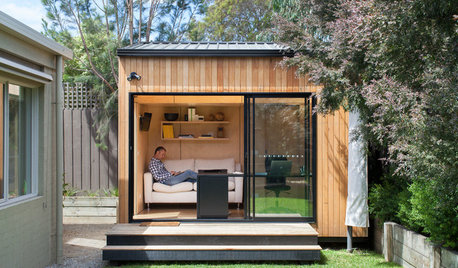
REMODELING GUIDESDesign Workshop: Is an In-Law Unit Right for Your Property?
ADUs can alleviate suburban sprawl, add rental income for homeowners, create affordable housing and much more
Full Story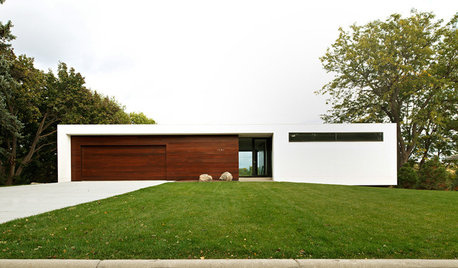
ARCHITECTUREWhy Authenticity in Architecture Matters
Is your home's exterior making a promise it doesn't keep? Learn why integrity and consistency are essential for architectural success
Full Story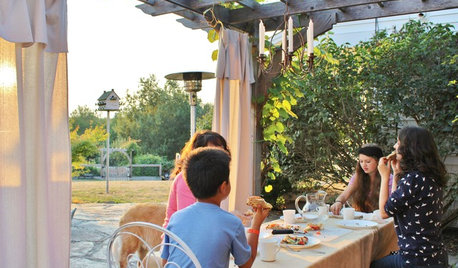
HOUZZ TOURSMy Houzz: A Modern-Day Homestead Brings a Family Together
Their 5-acre Washington property, with sports court, swings, pizza oven and gardens, is a labor of love and communal playspace
Full Story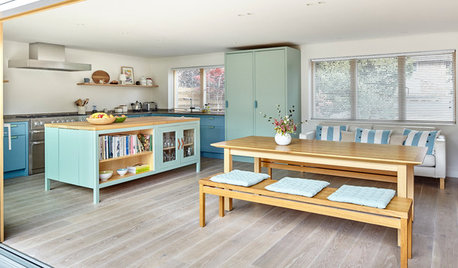
HOMES AROUND THE WORLDHouzz Tour: English Country Home Refurbished for Modern Living
Sunlight, soothing colors and natural materials transform the property from a muddled and dated space into a light, welcoming home
Full Story
FUN HOUZZEverything I Need to Know About Decorating I Learned from Downton Abbey
Mind your manors with these 10 decorating tips from the PBS series, returning on January 5
Full Story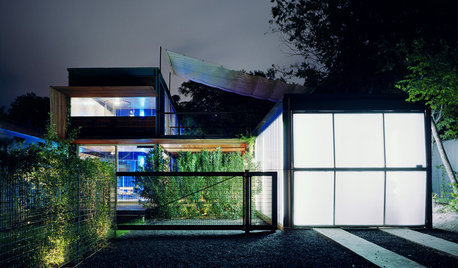
ARCHITECTUREWhat’s Fueling Austin’s Edgy Modern Architecture?
A look at the blossoming design scene in Texas’ capital city — and what’s behind all the experimentation
Full Story
KITCHEN DESIGNA Modern Kitchen Inspired by Edwardian Style
Attention to detail and functionality make for a kitchen that is as beautiful to work in as it is to look at
Full StoryMore Discussions


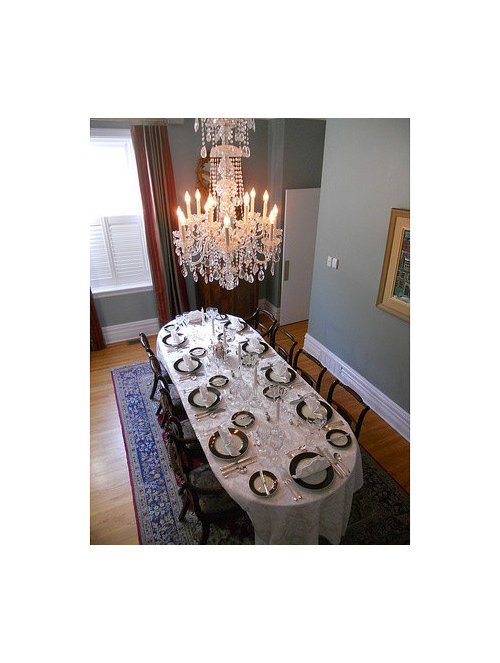




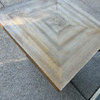

Fun2BHere
palimpsest
Related Professionals
Bel Air North Interior Designers & Decorators · Washington Interior Designers & Decorators · Tucson Furniture & Accessories · Fillmore Furniture & Accessories · Nixa Furniture & Accessories · Pleasant Grove Furniture & Accessories · Sugar Hill Furniture & Accessories · Wilmington Furniture & Accessories · Clive Furniture & Accessories · Beech Grove Lighting · Fort Washington Lighting · Green Bay Lighting · East Bridgewater Window Treatments · Gadsden Window Treatments · Stoneham Window Treatmentsblfenton
lazy_gardens
selcier
vedazu
blfenton
CaroleOH
sochiOriginal Author
bbstx